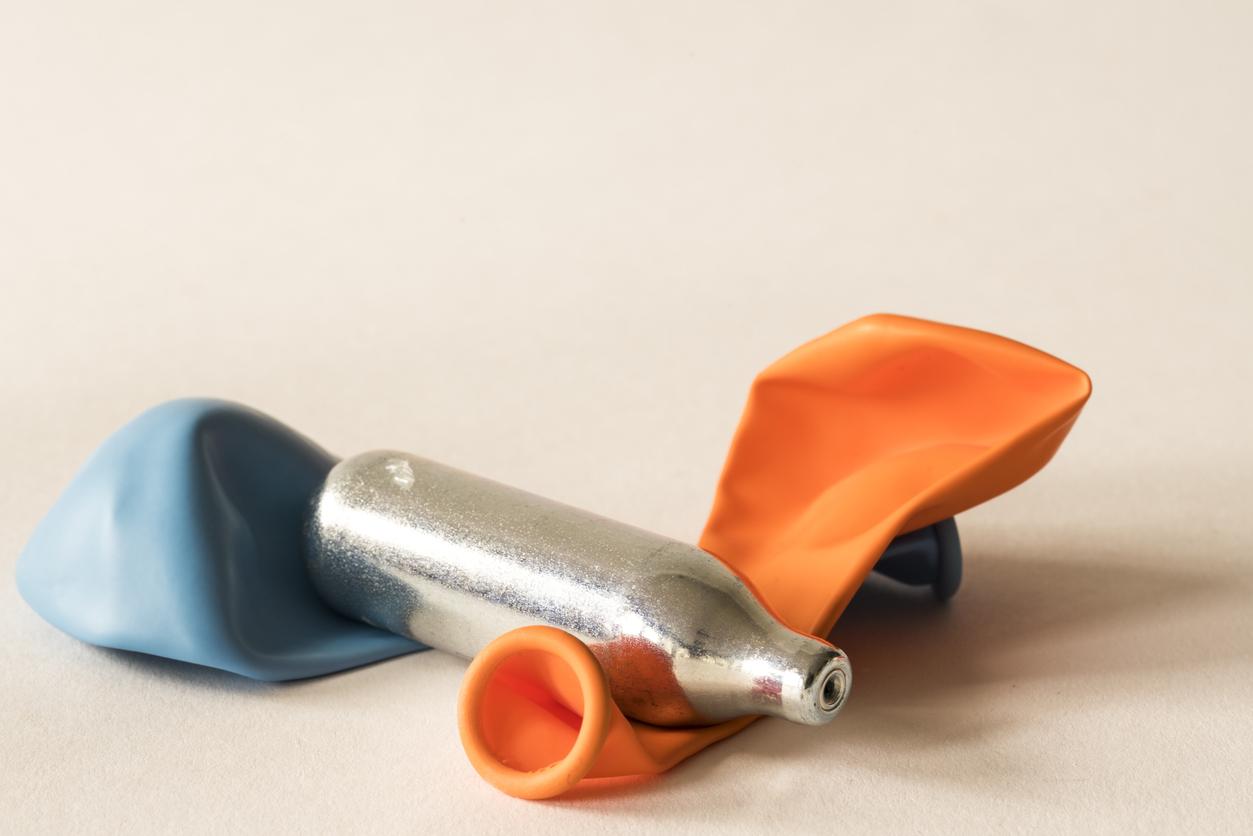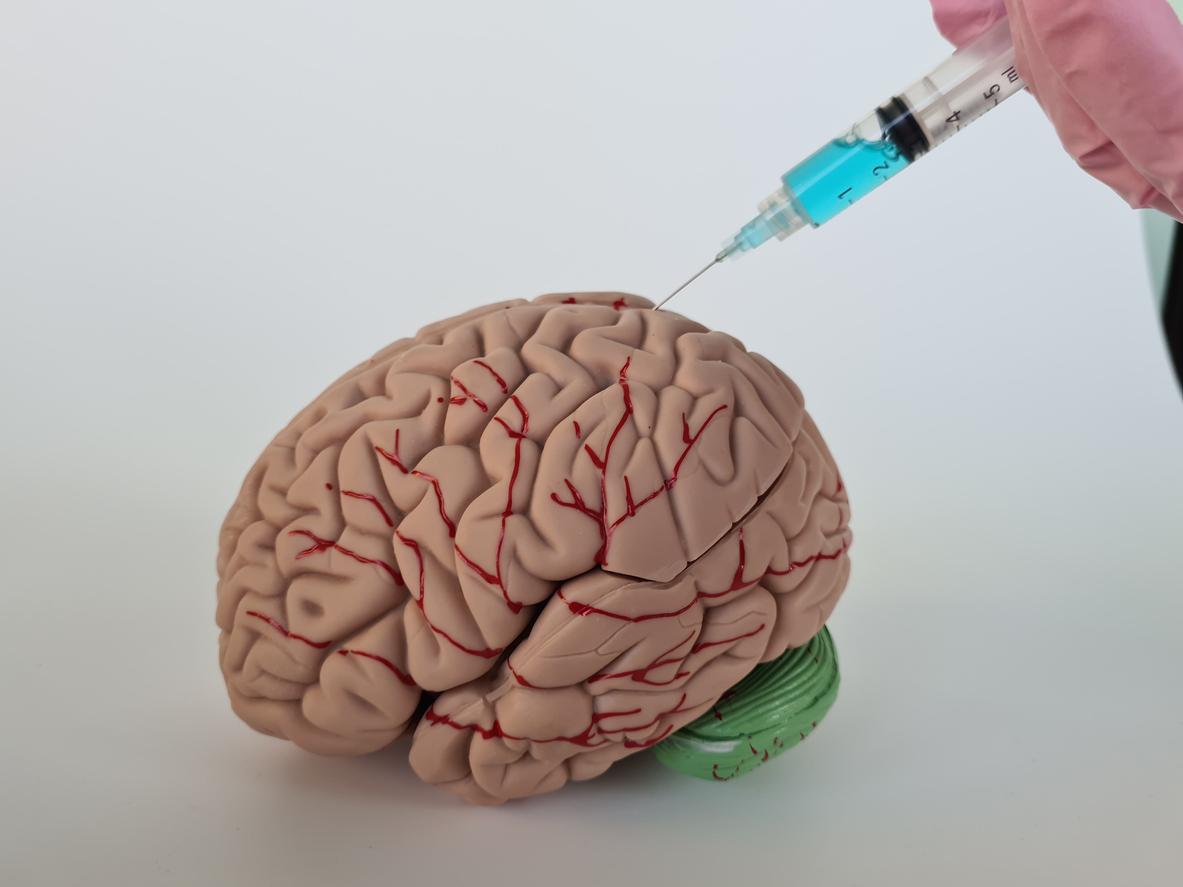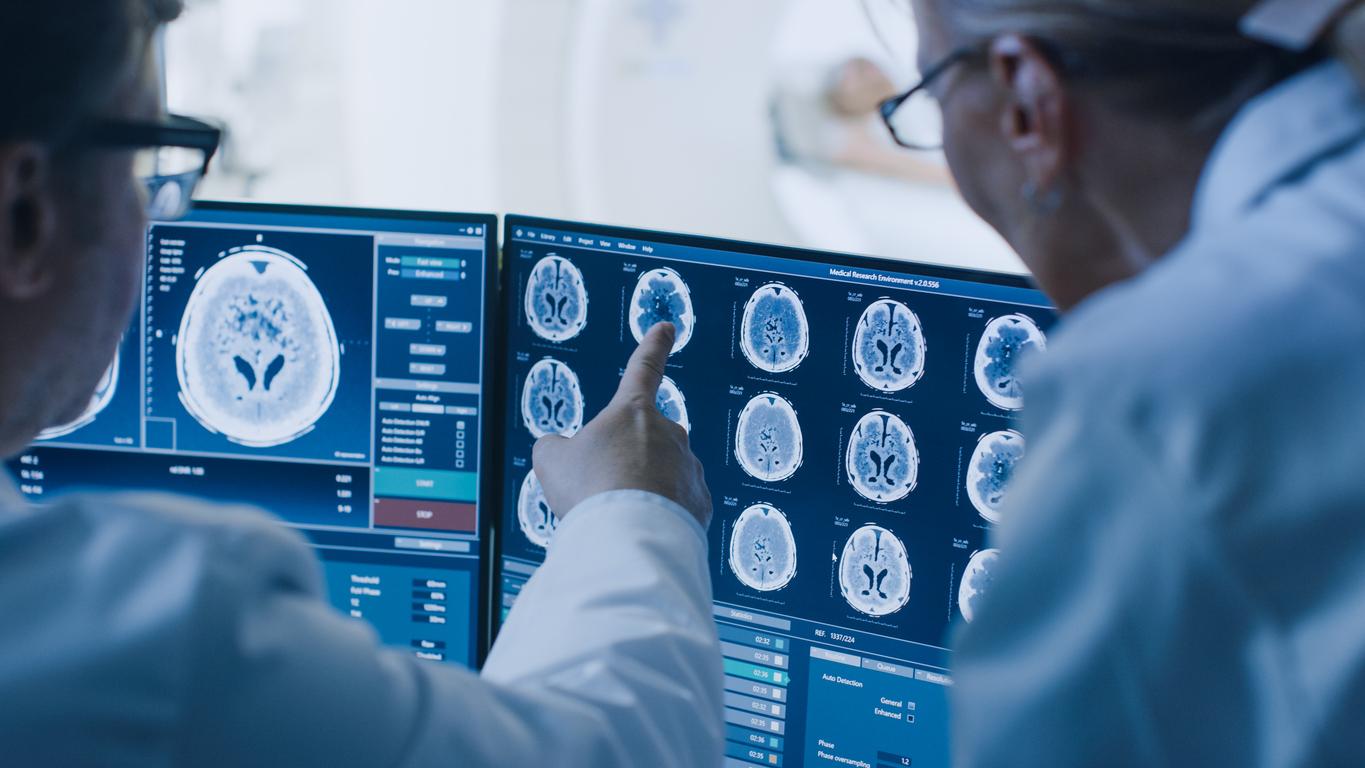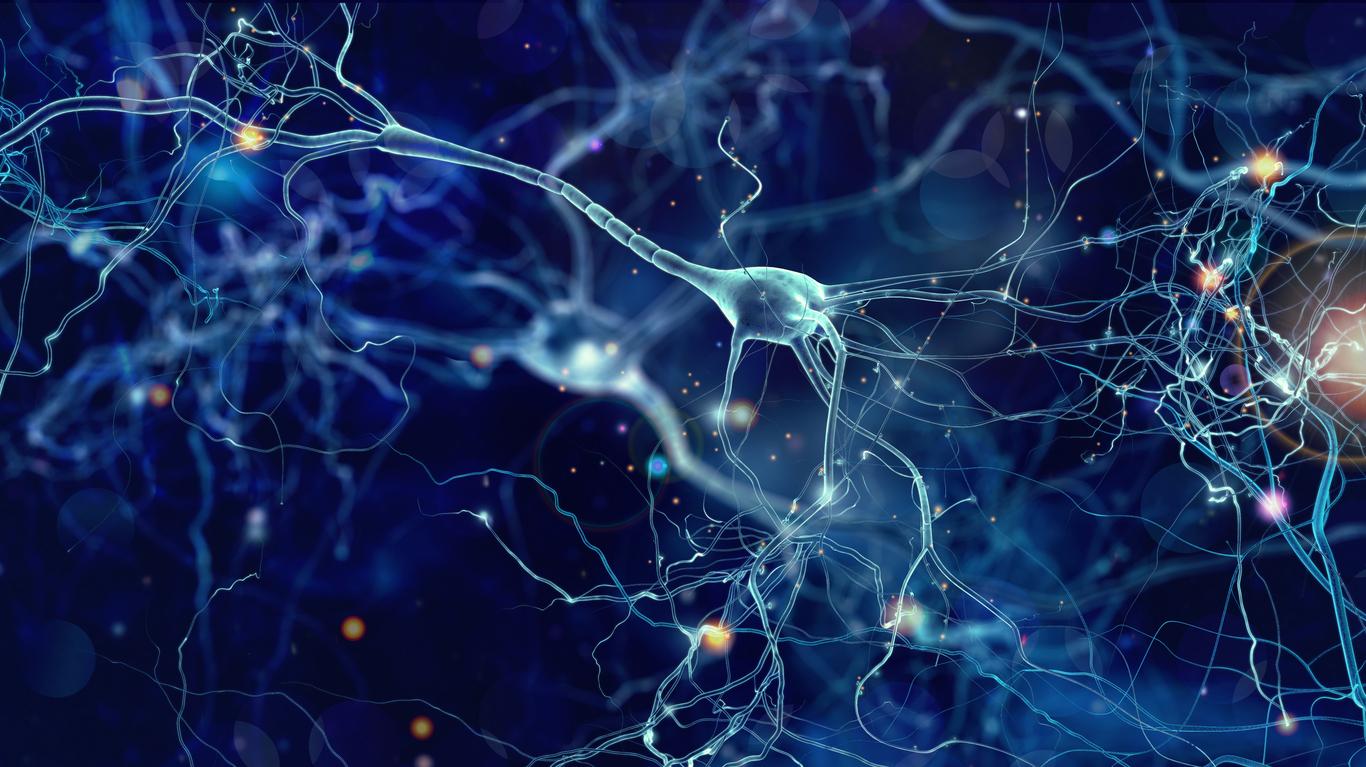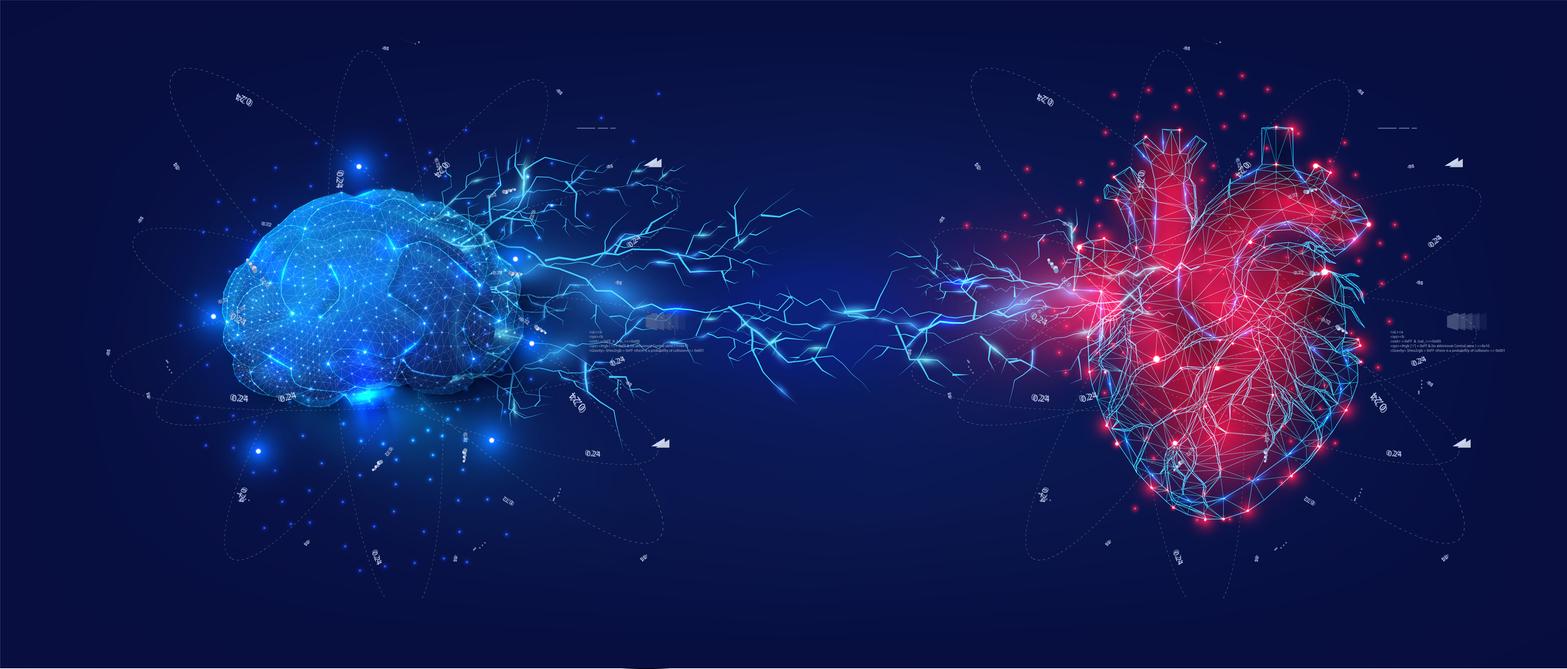Targeting the signaling of certain cells of the central nervous system could make it possible to reduce the effects of amphetamines and to develop a more targeted treatment for drug addicts.

The dopamine (DA) is a neurotransmitter, a biochemical molecule that enables communication within the nervous system, and one of those that directly influences behavior.Dopamine is one of the main reward molecules in the brain. Its disturbance is associated with disorders related to dependence and therefore addiction. Here, researchers have been interested in its role in the consumption of amphetamines, stimulants classified as narcotics since 1967. According to their study published on January 15 in the journal Neurontarget calcium signaling of astrocytes, glial cells of the central nervous system, may decrease the behavioral effects of amphetamine. Eventually, this discovery could lead to the development of more targeted treatments to treat drug addiction.
By working on mice, Michelle Corkrum, of the University of Minnesota (United States), and her colleagues discovered that amphetamine, known to increase dopamine, would have effects on astrocytes. Traditionally regarded as supporting cells of the brain and ignored in terms of their active contribution to its functioning, they would in fact have an important role in the processing of information.
In details,astrocytes respond to dopamine and therefore amphetamine with an increase in calcium in the nucleus accumbens, one of the main reward centers in the brain. By decreasing their activity, the behavioral effect of amphetamine decreases in mice, the researchers noted.

Increase or decrease the activity of astrocytes?
“These results suggest that astrocytes contribute to amphetamine signaling, dopamine signaling and global reward signaling in the brain,” comments Michelle Corkrum. Therefore, astrocytes are a potentially novel cell type that can be specifically targeted to develop effective therapies for diseases with dysregulated dopamine,” she continues.
Based on these results, she therefore plans to continue this research by exploring what happens with repeated exposure, withdrawal and reintegration of amphetamine. She would also like to understand how the stage of addiction or disease state might influence the need to increase or decrease astrocyte activity.
The importance of conditioning
Scientists are often interested in the role of dopamine to better understand the phenomena of addiction. Some users are unable to quit the drug because of this neurotransmitter. “Psychoactive substances release dopamine which activates different interconnected areas of the brain (reward circuitry). This release of dopamine provides an influx of pleasure and in return for this pleasure, the substance will ask the brain to continue consuming”, explains the Ministry of Health on its website. In the dependent person, this system is out of order. Thus, the absence of substance or stimulation creates craving.
In drug addicts, stimuli regularly associated with consumption, such as a place or a ritual moment, can activate the release of dopamine even before taking the substance. This is how psychic dependence can be created.
In Europe, nearly 12 million people have already tried amphetamines (speed, crystal-meth, etc.). The number of drug addicts entering treatment for this consumption is less than 5% and their average age is 30 years.
.









